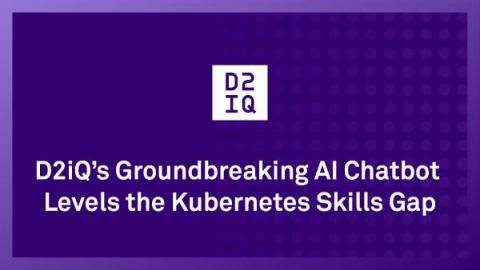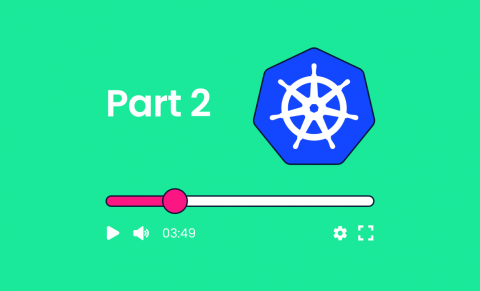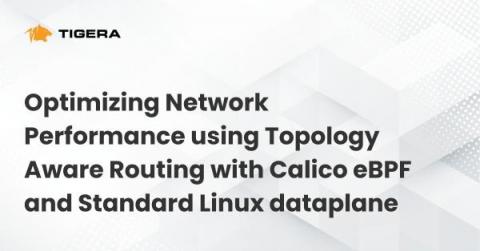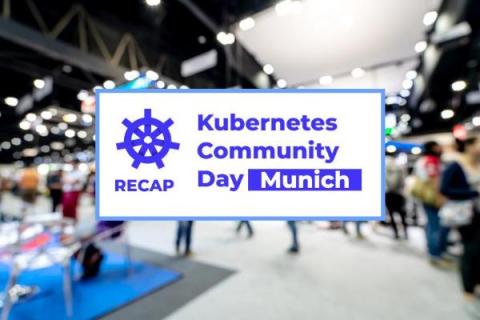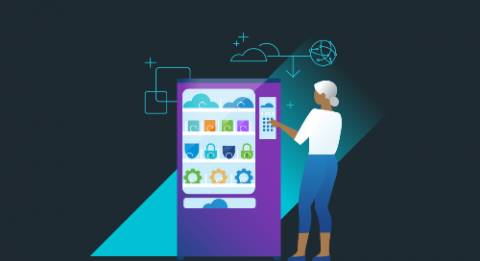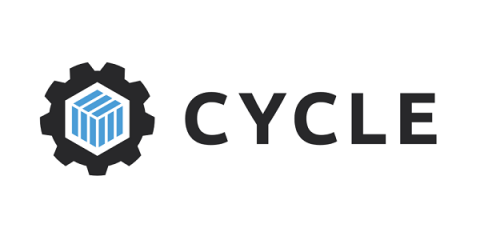D2iQ's Groundbreaking AI Chatbot Levels the Kubernetes Skills Gap
D2iQ has introduced an AI assistant that helps organizations resolve problems more quickly and easily, including coding errors and system failures. The new DKP AI Navigator can help reduce the duration and cost of system and application bottlenecks, misconfigurations, and downtime, and ultimately help organizations overcome the Kubernetes skills gap.


